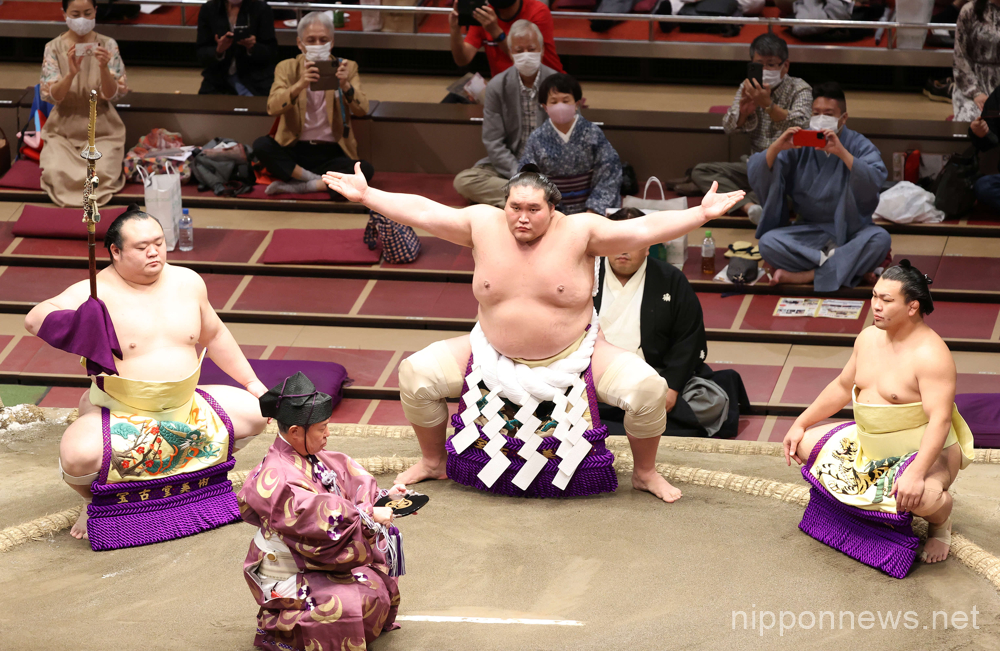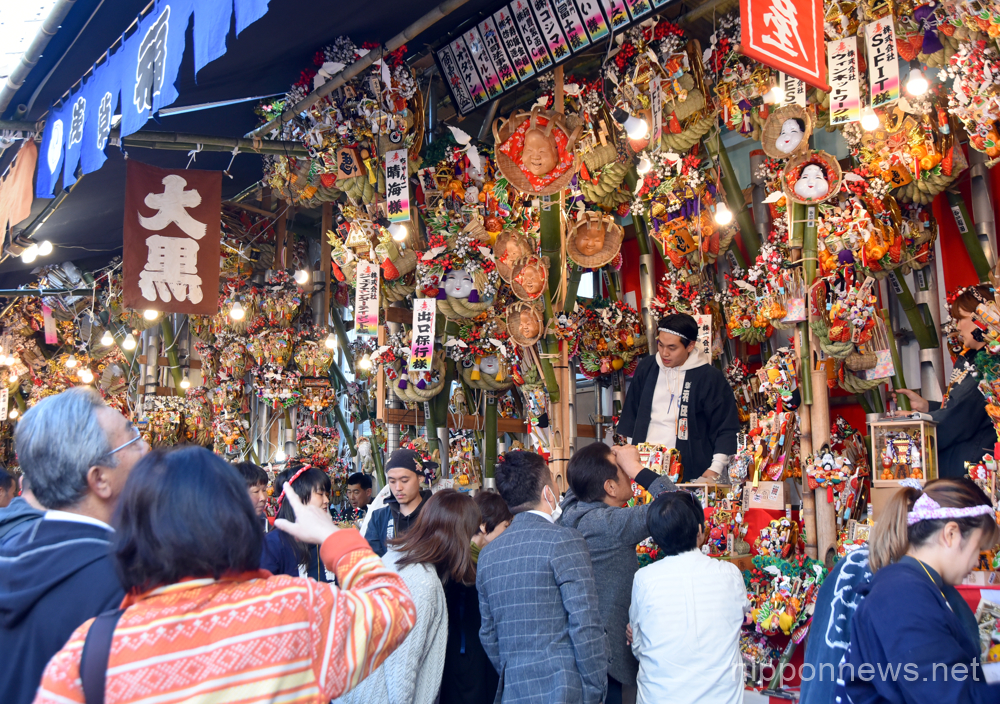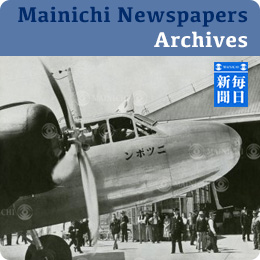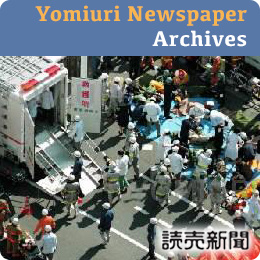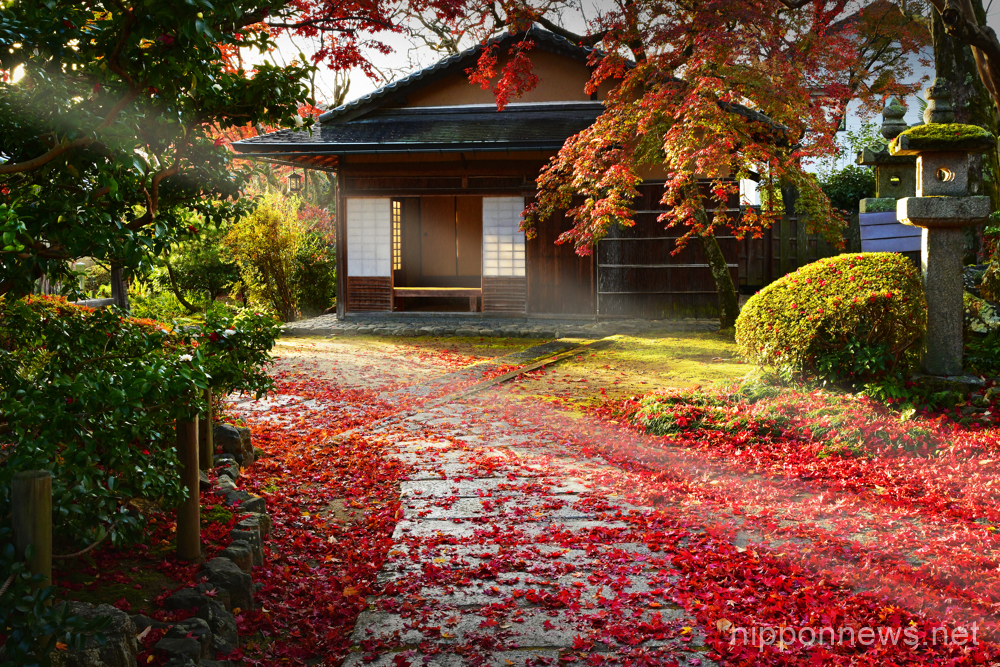
Autumn leaves at Shinkoin temple in Kyoto, Japan (Photo by Koichi Sudo/AFLO)
Autumn in Japan is just as popular as spring.
Seeing the autumn foliage (koyo in Japanese) should be on top of the to-do list for all tourists planning to visit Japan from the beginning of October till the end of November. Peak season for autumn leaves varies depending on region but if you visit at this time you should be able to see some of the famous colors.
Visitors who are planning on making a trip during autumn can check the official autumn foliage forecast from the Japan Meteorological Corporation. The site is in Japanese but provides forecast maps for red and yellow leaves. Aside from seeing autumn foliage, fall in Japan is also known for its autumn themed events and foods.
The autumn leaves will begin to show their colors from the beginning of October in the Hokkaido and Tohoku region. The latest time to see autumn leaves can be as late as the beginning of December in cities such as Tokyo or Osaka.
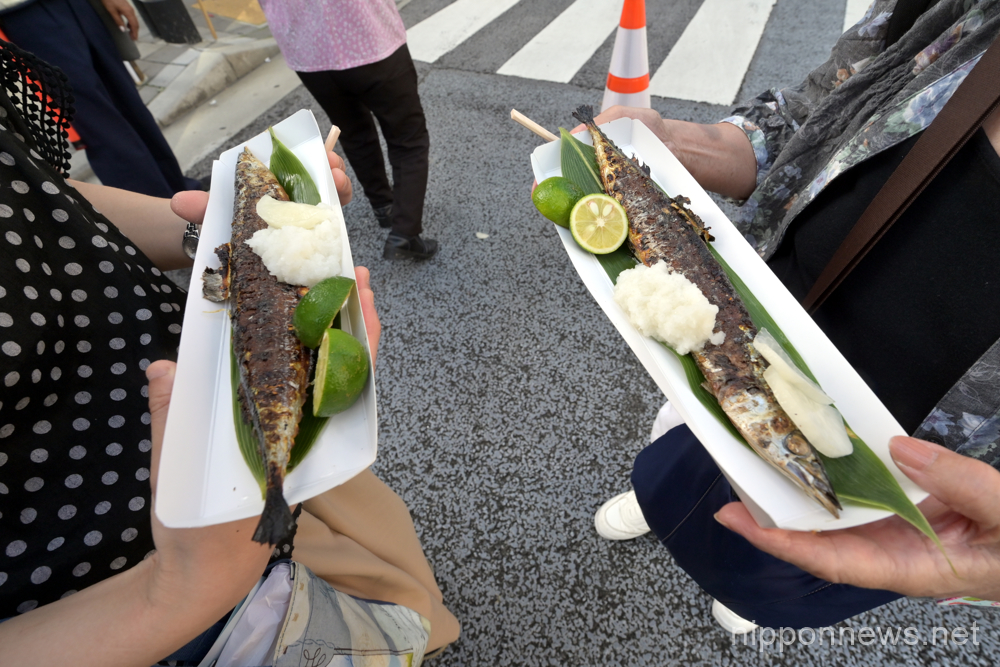
Sunfish Festival in Meguro: 7,000 saury served, September 8, 2019, Tokyo, Japan (Photo by Natsuki Sakai/AFLO)
Japan is a seasonal country. Not only the sights change, but also the foods on offer.
During autumn in Japan, foods such as chestnuts, persimmons, and matsutake mushrooms might come first to mind, but Pacific saury or sanma (“autumn knife fish” in Japanese) is a popular fish to eat in the fall.
One of the best ways to eat sanma is grilled with some soy sauce and grated daikon. Also, sanma can also be enjoyed as sushi.
Meguro Sanma Festival, one of the biggest sanma festivals in Japan, takes place in Meguro, Tokyo. At this festival, grilled sanma are given out for free to commemorate the seasonal catch.
As this is a once a year event, you should expect a very long queue.
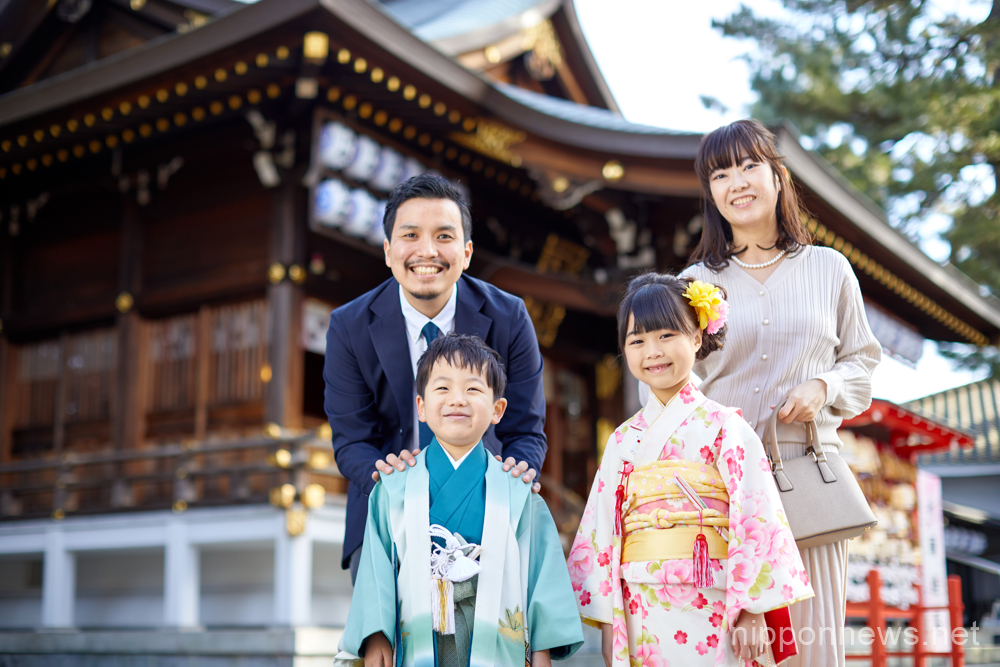
Japanese family paying a visit to the Shichi-Go-San (Photo by AFLO)
Shichi-Go-San (7-5-3) is a traditional Japanese rite of passage.
This traditional festival day is November 15th but as Shichi-Go-San is not a public holiday, it tends to be celebrated on the nearest weekend.
On the day of Shichi-Go-San, families with three- or seven-year-old girls or five- or sometimes three year-old boys, visit a shrine or temple to pray for health and prosperity of their children.
In the past, there was a serious issue with infant mortality. So this holiday was thought to have emerged as a way to mark important milestones in a child’s development.
In modern society, Shichi-Go-San is celebrated to give thanks for a child’s health and happiness.
Terunofuji enters the ring at the final day of the Grand Sumo Tournament. Terugyo is the dewi-washi, Takarafuji is the sword-bearer, and Inosuke Shikimori is the gyoji. (Photo by Nikkan Sports/AFLO)
Sumo wrestling is a traditional Japanese sport that has recently attracted a lot of attention from young fans in Japan to people living abroad.
The rules are simple. The first wrestler to set foot outside of the ring or to touch the inside of the ring with any part of his body except his feet is the loser.
The main sumo tournaments called Honbasho are held six times a year (every odd month). These tournaments are held to determine the “banzuke”, a ranking system for sumo wrestlers. Each tournament spans for 15 days.
During autumn, the Tokyo Basho or Akibasho (autumn tournament in Japanese) is held in September at the Ryogoku Kokugikan National Sumo Stadium and the Kyushu-basho is held in November at the Fukuoka Kokusai Center.
Others Honbashos include Hatsubasho, Natsubasho, Harubasho, and Nagoya-basho.
Due to sumo’s rise in popularity, tickets can be sold out in an instant. If visitors are not able to purchase tickets to the tournaments, there is always an option of seeing the morning practice at sumo stables. Most, if not all of sumo stables, are located in the Ryogoku area of Tokyo.
Some sumo stables require reservations in advance, and some of them allow walk-in viewings.
Thousands of Japanese visit the shrine to pray for good business in the upcoming year and purchase good luck rakes believed to bring happiness to families. (Photo by Natsuki Sakai/AFLO)
Tori No Ichi, meaning “Rooster Market” in Japanese is an annual festival dating back to the Edo period which is celebrated every year in November.
Traditionally, the event is held on the days of the Rooster as according to the lunar calendar.
This year’s event will be held on November 4th, 16th, and 28th.
For many shop and business owners, Tori No Ichi is an event for them to purchase a rake.
The purpose of a rake is to figuratively “rake” in luck, gold, silver, and fortune for your business.
The festival is held throughout Japan, but the best known venue is Otori Shrine in Asakusa. Other locations hosting events include Hanazono Shrine in Shinjuku and Okunitama Shrine in Fuchu. All three locations are in Tokyo, Japan.
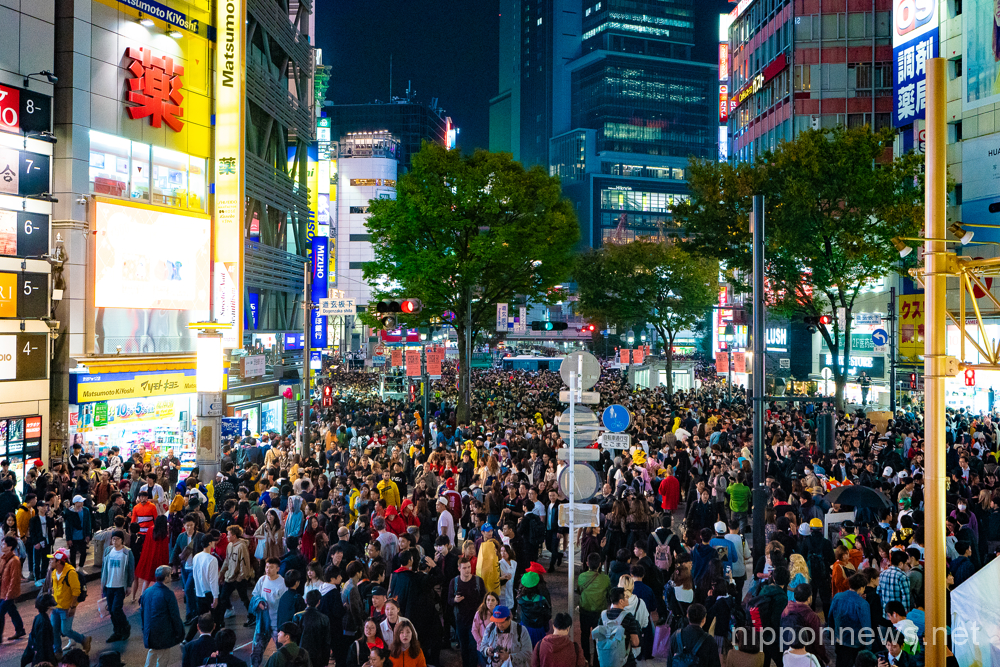
Many people celebrate Halloween at Shibuya district in Tokyo, Japan on October 31, 2019. (Photo by Motoo Naka/AFLO)
Halloween is slowly becoming a popular holiday for the people of Japan.
The Halloween scene was first introduced in Tokyo Disneyland in 2000. This became a big hit and then other major theme parks in Japan followed suit.
Halloween is known for being celebrated in the United States, but people in Japan embraced this new phenomenon as their own.
Halloween in Japan is not focused on Trick-or-Treating. It is a more common practice for Japanese people to focus their energy on Halloween costumes.
The famous locations where you will definitely see people in Halloween costumes are Shibuya Crossing in Tokyo, Tokyo Disneyland, and Universal Studios in Osaka.
All photos in this article can be licensed on Afloimages.
(https://www.afloimages.com/)

